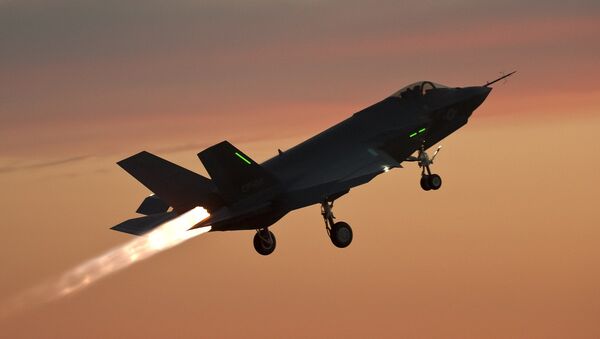Roughly half of Norway's defense investment projects end up significantly delayed, the Norwegian Defense Institute (FFI) has found in a new report. "Time Optimism" is named as one of the possible causes.
At present, the Norwegian Armed Forces are looking forward to a number of new systems, including tanks, surveillance aircraft, artillery and helicopters being phased into operation. According to the FFI report, though, many projects take a lot mot time than expected, with the delay being measured not in months, but in years.
"Only five in ten projects actually get completed within the planned period. The most common execution time is not two to four years as in the plan, but rather four to six years," the report said.
While the causes of the delay often are beyond the control of the Norwegian Armed Forces, the postponements may nevertheless cause a serious dent in the country's fighting capacity.
READ MORE: Planning Gaffe Leaves Norway's New Fighter Jets Without Due Air Defense
Senior researcher Ane Ofstad Presterud, one of the main authors of the study, argued that the delays could be serious for the Armed Forces. In some cases, the equipment may have already become obsolete before it is even put into service. Consequently, the Armed Forces are unable to get new material when they actually need it.
"Delays in the Armed Forces' procurement have been a major problem. Delays have meant that the Armed Forces have not got the needed supplies when they needed it most. Delays may also have meant that the material had become outdated before it was even transferred to the end user. It is particularly serious that information infrastructure projects have had so many delays as developments in the information and communications area are known to occur at a rapid pace," Presterud told the Norwegian website Aldri Mer.
Presterud also said that small projects tend to be delayed the most. Another finding was that projects within information infrastructure and land-based systems tend to get more delayed than those of the Navy and Air Defense. The most notorious example, though, is the 14 NH-90 helicopters Norway ordered for the Coast Guard and the Navy in 2001. Not only hasn't the contract been carried out in full, but serious shortcomings in terms of underperformance have been unearthed along the way, triggering speculations that the Norwegian party to the contract may terminate it altogether.
READ MORE: Norway Perplexed What to Do With 'Nightmare Helicopters' After Decade's Delay
Yet another important conclusion was that development projects, such as the F-35 project, to which Norway has contributed and is slated to become one of the foremost users in Europe, are more "dangerous" in terms of possible delays, as opposed to ready-made projects that only require customization. Incidentally, about 80 percent of Norway's armed forces' investment funds are spent on development projects, which further enhances the risk.
A similar study from 2015 that indicated that 11 in 15 projects were delayed and concluded that "time optimism," prioritization of major projects ahead of lesser ones and a focus on costs ahead of time could significantly contribute to the procrastination.
According to Presterud, joint projects, involving areas such as logistics, with many parts involved and several stakeholders, are more prone to delays. She also expressed hope, however, that the delays will, in the future, become a minor issue as a greater emphasis on eliminating wait times for material procurements have been made.
READ MORE: Norwegian Party Leader Grills F-35 as Nation's 'Biggest Investment Blunder'


